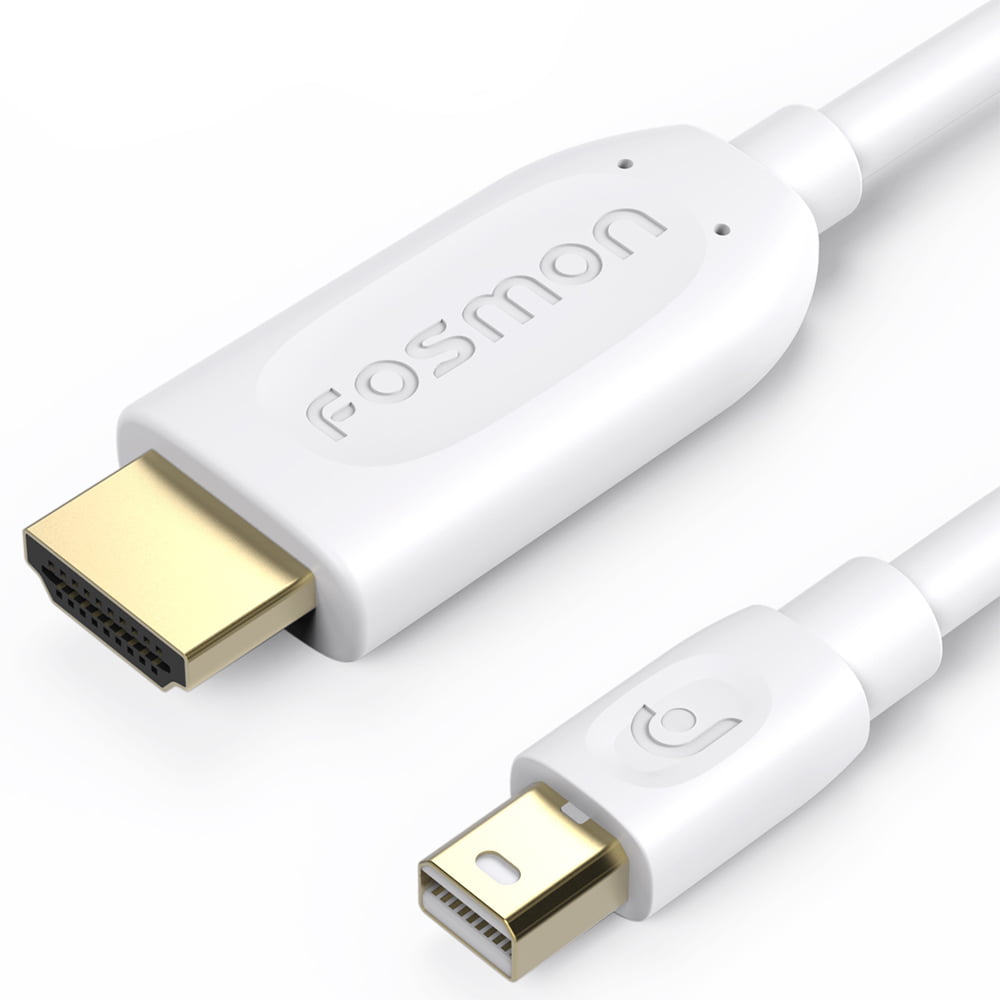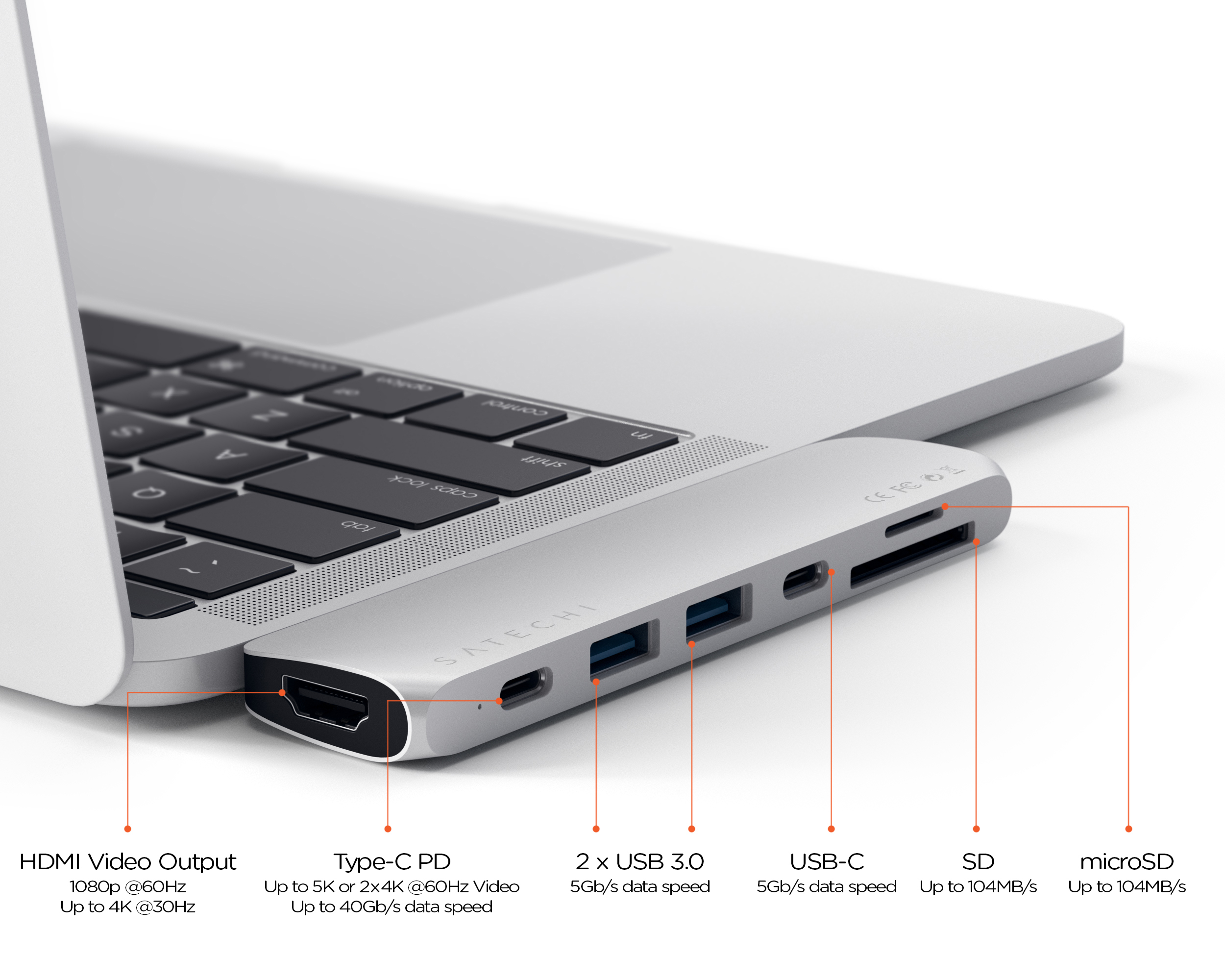
- #Update mac pro hdmi port pro#
- #Update mac pro hdmi port software#
- #Update mac pro hdmi port series#
Later revisions added Intel Core 2 Duo processors, and LED-backlit displays, the 15-inch in 2007 and 17-inch in 2008. The 15-inch model was introduced in January 2006 the 17-inch model in April.
#Update mac pro hdmi port pro#
The optical drive was shrunk to fit into the slimmer MacBook Pro it runs slower than the optical drive in the PowerBook G4 and cannot write to dual-layer DVDs. The first-generation MacBook Pro used the design of the PowerBook G4, but replaced the PowerPC G4 chips with Intel Core processors, added a built-in iSight webcam, and introduced the MagSafe power connector. The 15-inch and 17-inch Aluminum MacBook Pros This generation re-introduced MagSafe, function keys, and some other elements that had been removed from previous models. Powered by either M1 Pro or M1 Max chips, they are the first to be available only with an Apple silicon system on a chip. The fifth-generation MacBook Pro was released in October 2021 in 14- and 16-inch sizes. The initial 16-inch model with a screen set in narrower bezels was followed by a 13-inch model in May 2020.Īnother revision to the fourth generation was released in November 2020 it was the first MacBook Pro to feature an Apple-designed system on a chip, the Apple M1.

On all but the base model, the function keys were replaced with a touchscreen strip called the Touch Bar with a Touch ID sensor integrated into the power button.Ī November 2019 revision to the fourth-generation MacBook Pro introduced the Magic Keyboard, which uses a scissor-switch mechanism. The fourth-generation MacBook Pro, released in October 2016, adopted USB-C for all data ports and power and included a shallower "butterfly"-mechanism keyboard.

It eliminated Ethernet and FireWire ports and the optical drive. It is thinner than its predecessor, made solid-state storage (SSD) standard, added HDMI, and included a high-resolution Retina display. The third-generation MacBook Pro was released in 2012: the 15-inch in June, a 13-inch model in October. Updates brought Intel Core i5 and i7 processors and introduced Intel's Thunderbolt. Called the "unibody" model because its case was machined from a single piece of aluminum, it had a thinner flush display, a redesigned trackpad whose entire surface consisted of a single clickable button, and a redesigned keyboard. The second-generation model debuted in October 2008 in 13- and 15-inch variants, with a 17-inch variant added in January 2009. Later revisions added Intel Core 2 Duo processors and LED-backlit displays.

The first-generation MacBook Pro used the design of the PowerBook G4, but replaced the PowerPC G4 chips with Intel Core processors, added a webcam, and introduced the MagSafe power connector. All models from the current lineup use variants of the Apple-designed M1 system on a chip. It is the higher-end model of the MacBook family, sitting above the consumer-focused MacBook Air, and is currently sold with 13-inch, 14-inch, and 16-inch screens.
#Update mac pro hdmi port software#
As this is a hardware-specific feature, Apple won't be able to enable this feature with software updates.The MacBook Pro is a line of Macintosh notebook computers introduced in January 2006 by Apple Inc.
#Update mac pro hdmi port series#
When it comes to the actual technology, HDMI 2.1 is already available on a plethora of devices, including the PS4, Xbox Series X, and a lot of gaming laptops, powered by the latest Intel or AMD processor.

Do note that, in each case, you need to have a monitor which supports a higher refresh rate. It means, when you connect an external display, the new MacBook Pro can only output at either 4K or 8K However, a laptop or even a gaming console with HDMI 2.1 technology can support 4K or 8K offering a much smoother user experience. Externally, they look identical, and you can even interchange the cables with one another. While the maximum memory bandwidth offered by HDMI 2.0 is limited to 18Gbps. HDMI 2.1 is the latest standard in the world of HDMI, which offers more than twice the memory bandwidth as of the HDMI 2.0 with a max memory bandwidth of 48Gbps.


 0 kommentar(er)
0 kommentar(er)
